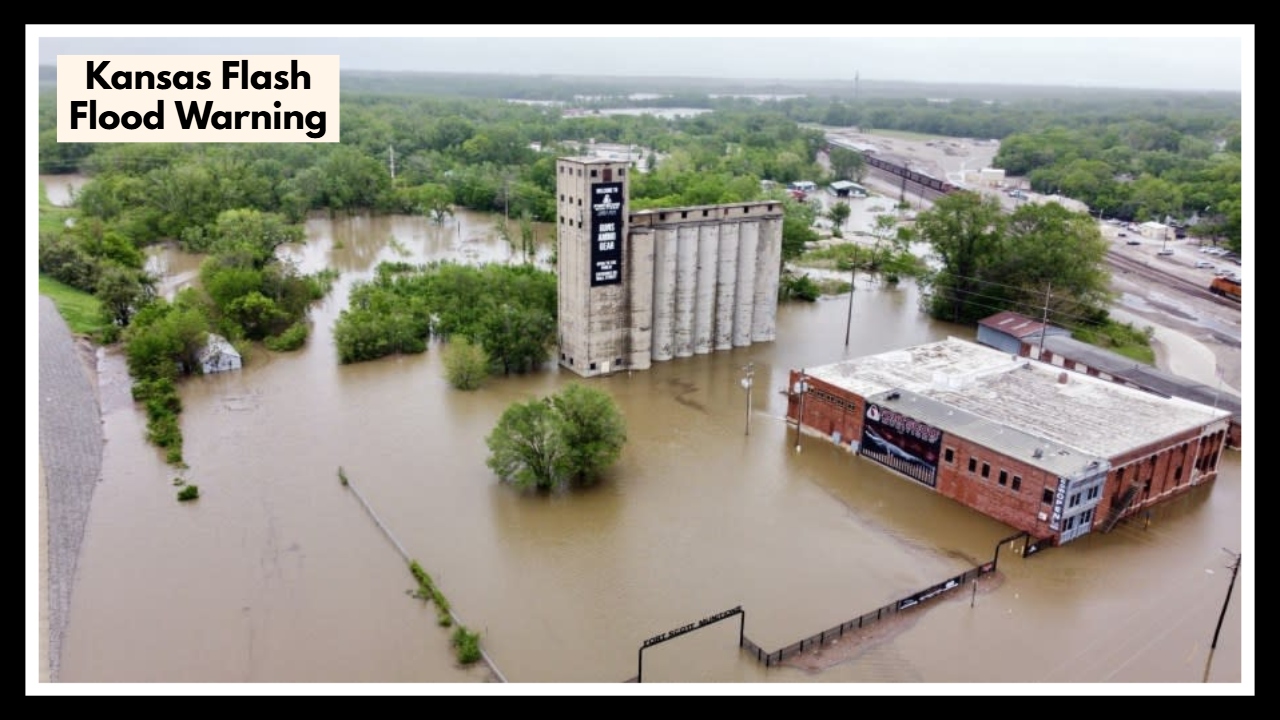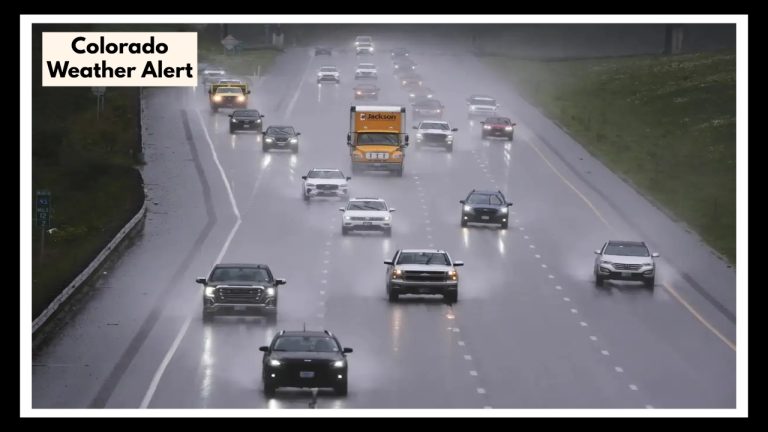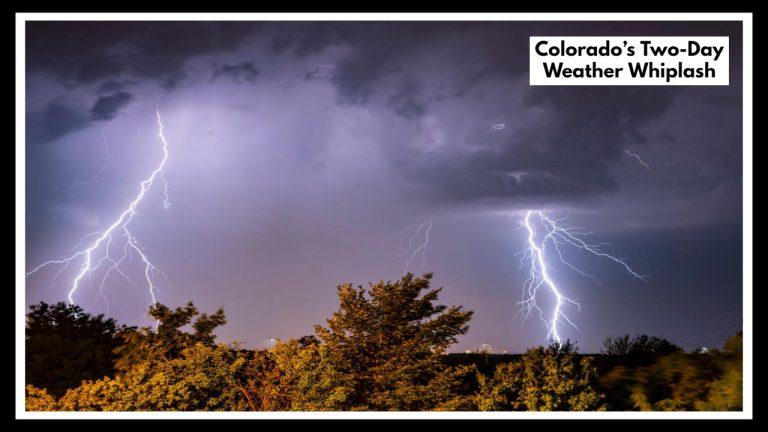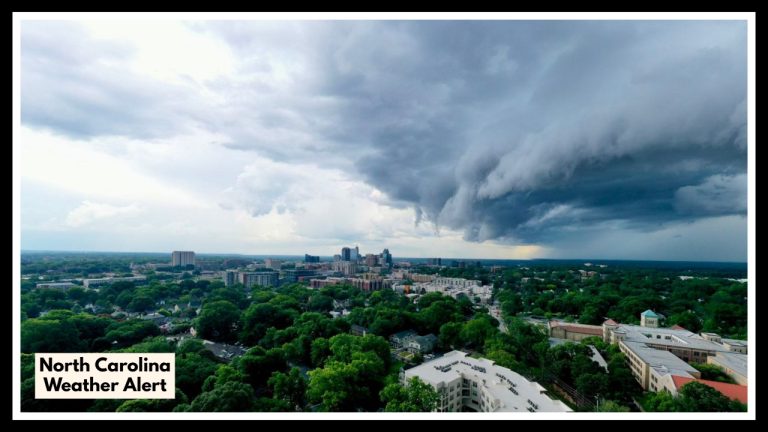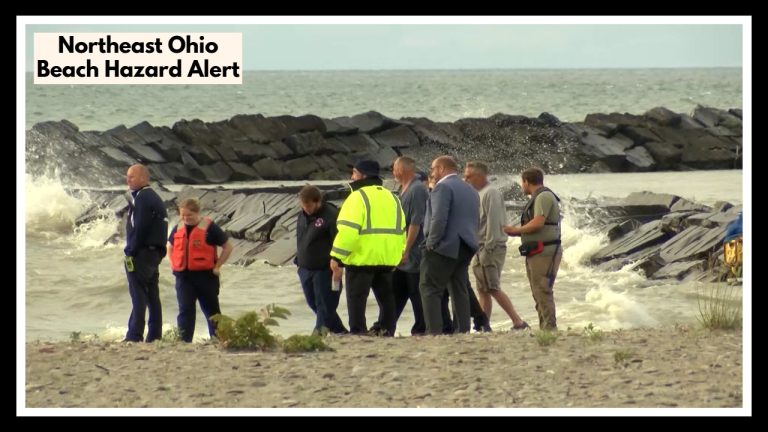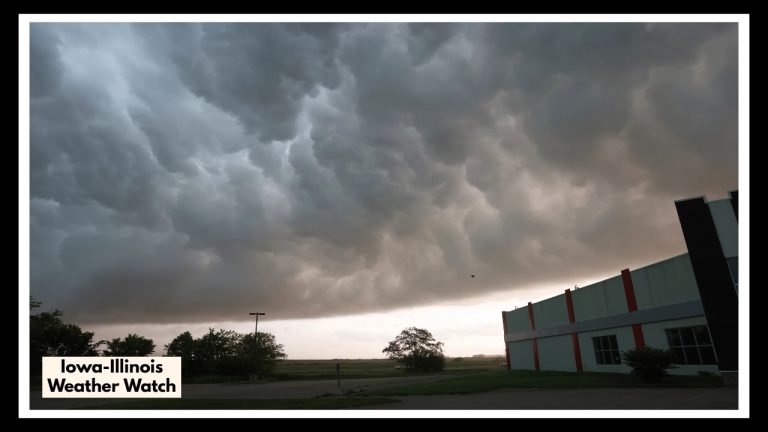Kansas Flash Flood Warning Leaves Fort Scott Streets Looking Like Rivers – Here’s What Happened
What began as a quiet Sunday night quickly turned chaotic for residents of Bourbon County, as a Kansas Flash Flood Warning woke many to the sound of pounding rain and emergency alerts early Monday morning. By sunrise, parts of Fort Scott looked more like a riverbank than a neighborhood—cars stranded, water rushing down streets, and emergency crews navigating flooded roads to reach those in need.
The rain didn’t just fall—it poured. Nearly three inches came down overnight in a relentless storm that overwhelmed storm drains, filled basements, and made some roads impassable. The National Weather Service issued the warning just before dawn, urging people to stay off the roads and prepare for sudden flooding in vulnerable areas.
How the Kansas Flash Flood Warning Turned a Stormy Night Into a Morning Emergency
As thunderstorms stalled over southeastern Kansas, the rain kept coming—and Fort Scott, already saturated from previous storms, couldn’t take much more. The ground gave way to runoff, and floodwaters spilled into neighborhoods. The Kansas Flash Flood Warning remained active until 6:15 a.m., but by then, the damage was already visible.
Some early risers trying to get to work had to turn around after finding roads submerged. Others watched helplessly as water crept up their driveways and into their homes. It happened fast, and for many, there wasn’t time to react.
City officials urged everyone to stay cautious. “Turn around, don’t drown” isn’t just a slogan—it’s a life-saving warning. Just six inches of water can knock someone off their feet, and a foot of fast-moving water can carry a car. With floodwaters hiding washed-out roads and debris, staying put is often the safest option.
Cleanup crews are now assessing the impact, inspecting roads, bridges, and drainage systems for damage. There’s concern that some areas may have developed sinkholes or other hidden hazards. With more rain potentially in the forecast later this week, the situation remains fluid.
What You Can Do Right Now
If you live in a flood-prone area, now is the time to double-check your emergency supplies. Keep a flashlight, bottled water, batteries, and a phone charger handy. Listen for updates from local officials and the National Weather Service, and above all—avoid driving through standing water, even if it doesn’t look deep.
This Kansas Flash Flood Warning is more than just a weather alert—it’s a powerful reminder of how quickly things can change. One minute, it’s raining. The next, your street is a river. Preparedness isn’t just smart—it’s survival.
FAQ About Kansas Flash Flood Warning
1. What exactly caused the Kansas Flash Flood Warning in Fort Scott?
It all started with an intense overnight storm that just wouldn’t let up. Nearly three inches of rain fell in a short amount of time, and the ground—already soaked from earlier showers—couldn’t absorb any more. Creeks spilled over, storm drains backed up, and streets quickly filled with water. That’s when the National Weather Service stepped in and issued the flash flood warning.
2. Is flash flooding really that dangerous?
Absolutely. Flash floods can happen so fast that people don’t have time to react. Even a small amount of moving water can knock someone off their feet, and just a foot of water can carry a car. It’s not something to take lightly—it can put lives at risk in a matter of minutes.
3. Which parts of Fort Scott were hit the hardest?
Mostly the lower-lying areas—places near creeks, underpasses, and older neighborhoods where drainage isn’t great. A lot of residents reported flooded basements and streets that looked more like rivers. Some folks even had to abandon their cars. It was a rough night for many.
4. What should I do if there’s another flash flood warning?
The best thing you can do is stay put and stay informed. Don’t try to drive through flooded streets—it’s not worth the risk. Keep an emergency kit on hand, listen for alerts, and if you live near a flood-prone area, be ready to move to higher ground quickly if needed.
5. Should we be worried about more flooding this week?
There’s a chance, yes. The soil is still saturated, and any more heavy rain could cause trouble all over again. That’s why local officials are keeping a close eye on the forecast. It’s a good idea to do the same—and maybe take a few precautions now, just in case.

